If you’d allow me to be a bit dramatic, I’d like to claim that my history with the Bayonetta series is rather “complicated.” The first one remains a foundational action game for me, setting a standard few others have managed to reach. The second game feels like it took as many steps forward as backward, making an uneven game with enough spectacle to make it still a hard one to hate. The third game, finally releasing late last year after years of development, has become a rather divisive one since launch. In many ways, it felt like a true evolution of the first game’s concepts, but something felt off about how it executed its new ideas. Long story short, I wasn’t huge on it. While it’s quite easy to wallow in dramatics, I’m old enough to know that sometimes you just outgrow a series and I felt content just realizing these games were no longer for me.
Imagine my surprise then that shortly after the release of Bayonetta 3 a new game was announced and set to release within the next few months. I didn’t really know what to think about Bayonetta Origins: Cereza and the Lost Demon, but moving the tried and true character action formula to a top-down puzzle-platformer adventure game was enough of a departure to regain my attention. This was a complete departure for the series as a whole and a comparatively minor one for developer PlatinumGames.
Cereza’s tale starts by opening a storybook, which serves as the game’s framing device. A majority of cutscenes play out in still images with the story being narrated as if this was read to us at bedtime. Full motion, traditional cutscenes do exist and are always a spectacle, but for what this game was going for, to return to the cutscene presentation of the original Bayonetta works quite well.
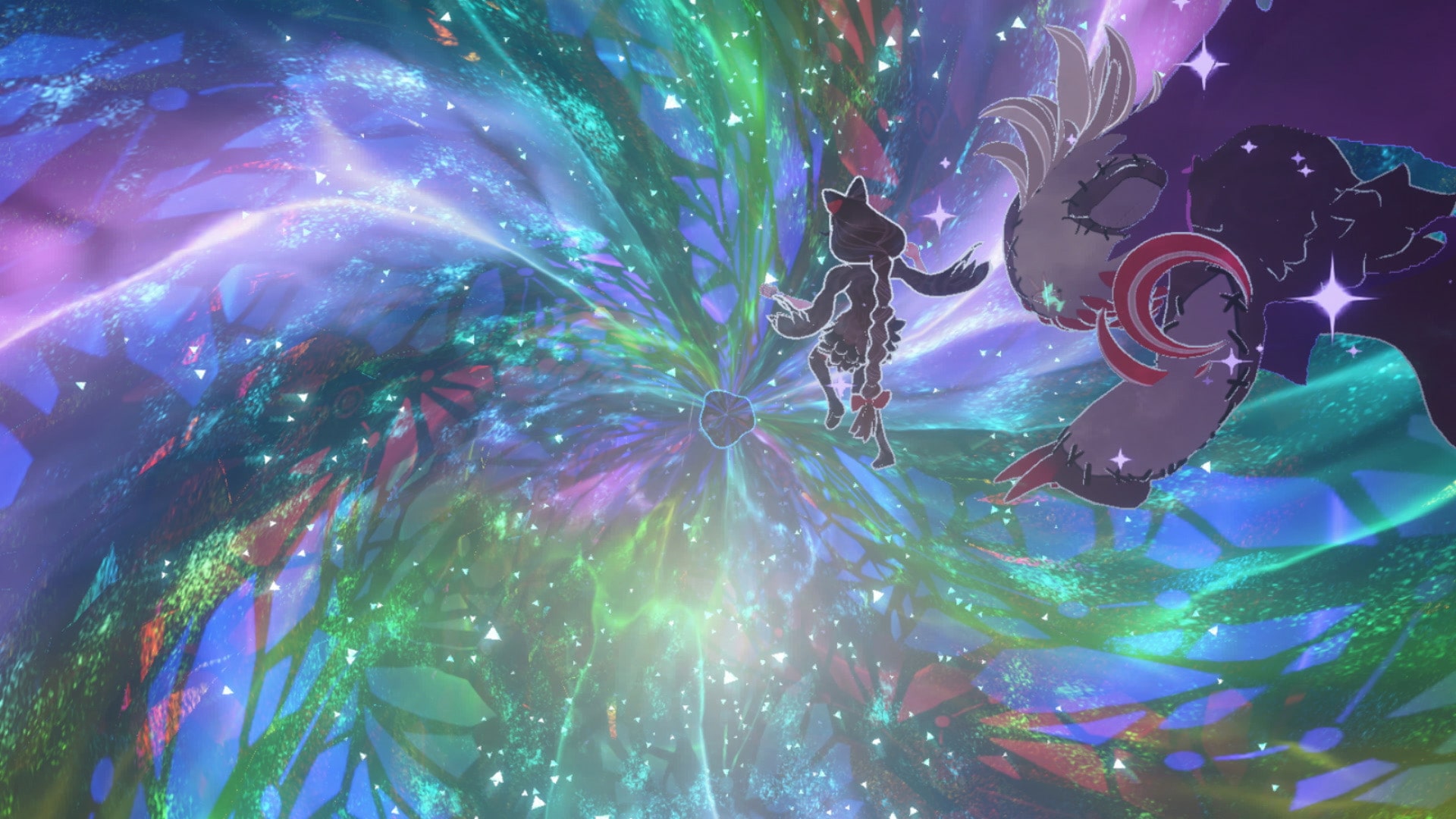
Initial impressions might catch a Bayonetta fan off-guard because the game switches out gothic cynicism for fairy tale whimsy. This makes sense, as we are getting a glimpse of Cereza as a child before she gained her confidence. Cereza still sees the world from a child-like innocence, so centering Cereza’s core conflict around fairies (which were introduced in Bayonetta 3) was a good move. But make no mistake, they didn’t just throw out Bayonetta’s entire identity. The world of Bayonetta has always presented its fantastical elements with a sense of danger, and Cereza doesn’t drop that. Thanks to the gorgeous painterly art style the entire game uses, the darker moments contrast brilliantly to unnerve more than the original trilogy ever managed.
Cereza starts her journey months after escaping her home village, recently finding a fellow outcast Umbra Witch to teach her magic. She finds herself rather bad at it, and one night sneaks into a mysterious forest near her teacher’s house that she’s been forbidden to go to. This is the Avalon Forest, where the entirety of the game will take place. The fairies of the forest trap her in there and plan to kill her, before she accidentally summons a grumpy demon named Cheshire to her aid. Due to her inexperience with magic, they’re left with a problem: Cheshire cannot return to Inferno, where all demons reside. He’s bonded to her stuffed animal, and with them both trapped in Avalon until her teacher can figure out a spell to get them out they’ll need to learn to work together if they want to survive the night.
The premise is honestly pretty simple, you’ve no doubt seen copious amounts of media in your life that uses this story of two strangers that can’t get along learning about the value of setting aside their differences and becoming friends. I don’t think Cereza’s story breaks any new ground, and some might even uncharitably call it cliché. I think a more accurate way to describe it would be comfortably predictable. With the genre shift came the need for a greater focus on storytelling, something the Bayonetta series has often struggled with. Bayonetta Origins doesn’t falter in this regard, it feels wholesomely earnest from start to finish. There were a few twists that caught me off guard, but overall this is a pretty easy story for just about anyone to latch onto thanks to the characters. The young Cereza is endearing in her meek inexperience, and it’s rather fun to see a different take on the iconic Bayonetta. Cheshire, whose dialogue is voiced by the storybook’s narrator (it’s quite adorable, she puts on a grouchy voice too!), plays off her well as a good foil. They bicker, argue, and complain but seeing them grow to care for one another as the story plays out was a treat. I don’t need complicated stories, simple ones are more than enough if I have a great cast of characters I can root for.
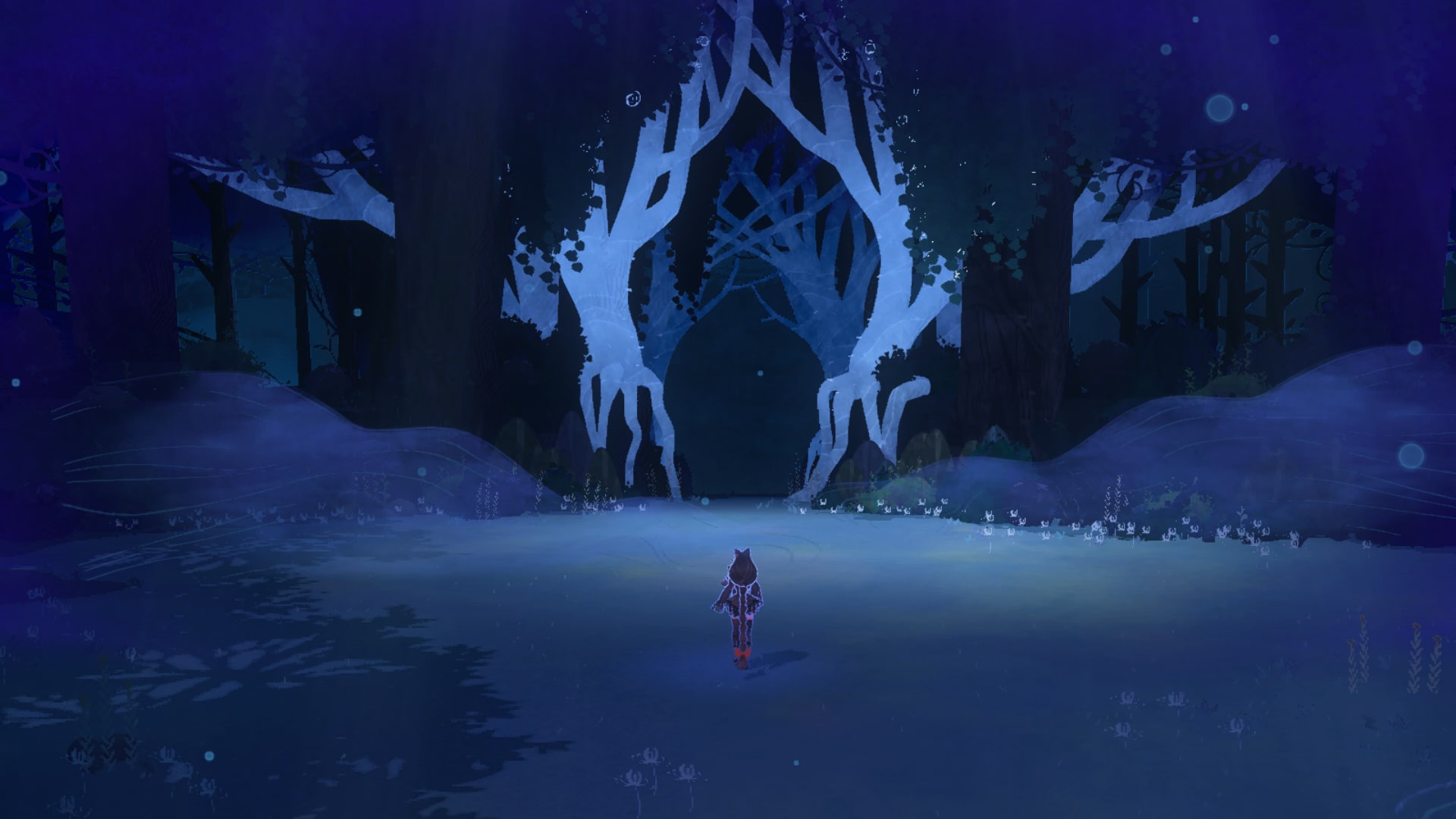
Outside of being just a well-constructed story, my favorite aspect of Bayonetta Origins’ plot is that it doesn’t make the mistake of several infamous prequels that connect too many dots. We are seeing a snapshot of Cereza’s childhood, and instead of using these moments to answer any series’ mysteries they focus on the emotional core of Bayonetta’s maturing and coming into herself. This game is more than comfortable with leaving the sequel baggage out of its main story, they used the opportunity to flash back to Bayonetta’s past to just make a cool game and I love that. You don’t need to have played any Bayonetta game to appreciate this story, but I think fans who are endeared to the cast and lore will still find plenty to sift through here.
I think my biggest surprise of the entire game was just how big it is. Avalon Forest is made up of several unique biomes, with the whole forest making up an interconnected map comparable to Metroidvanias. It’s not an explicit one, but you’d be hard-pressed to avoid the comparison yourself since it just fits. You’ll often explore an area, fighting off fairies with Cheshire along the way, and will find various paths blocked off to you until you’ve acquired a new power later. Comparing solely the main campaigns, Bayonetta Origins is easily the longest game in the series. It didn’t log my playtime, but my run of the main story along with collecting a decent amount of hidden collectibles took me around 20-30 hours.
Every single inch of this game might be one of the most beautiful games I’ve ever seen on the Nintendo Switch. The art style change was a blessing in disguise too, because it also runs great on the system without sacrificing graphical quality. The home of the fairies will cement itself in my memories for years just for how interesting it was to explore. It is far from complicated, but if you find yourself fascinated to discover each and every little secret it’ll take some clever thinking. Where it does slightly falter is that the only thing you can ever truly unlock is two types of currency to upgrade your characters. There’s a skill tree for each character where you can unlock new abilities, with some needing normal currency obtained by looking around the world or defeating fairies. Others require special objects unique to each protagonist: saved witches for Cereza and Inferno Fruit for Cheshire. Some of these are quite complicated to get, but you don’t need them to beat the game. The abilities you’ll unlock with normal currency will be more than enough, and overall the skill trees do have a lot of value in improving the combat system.
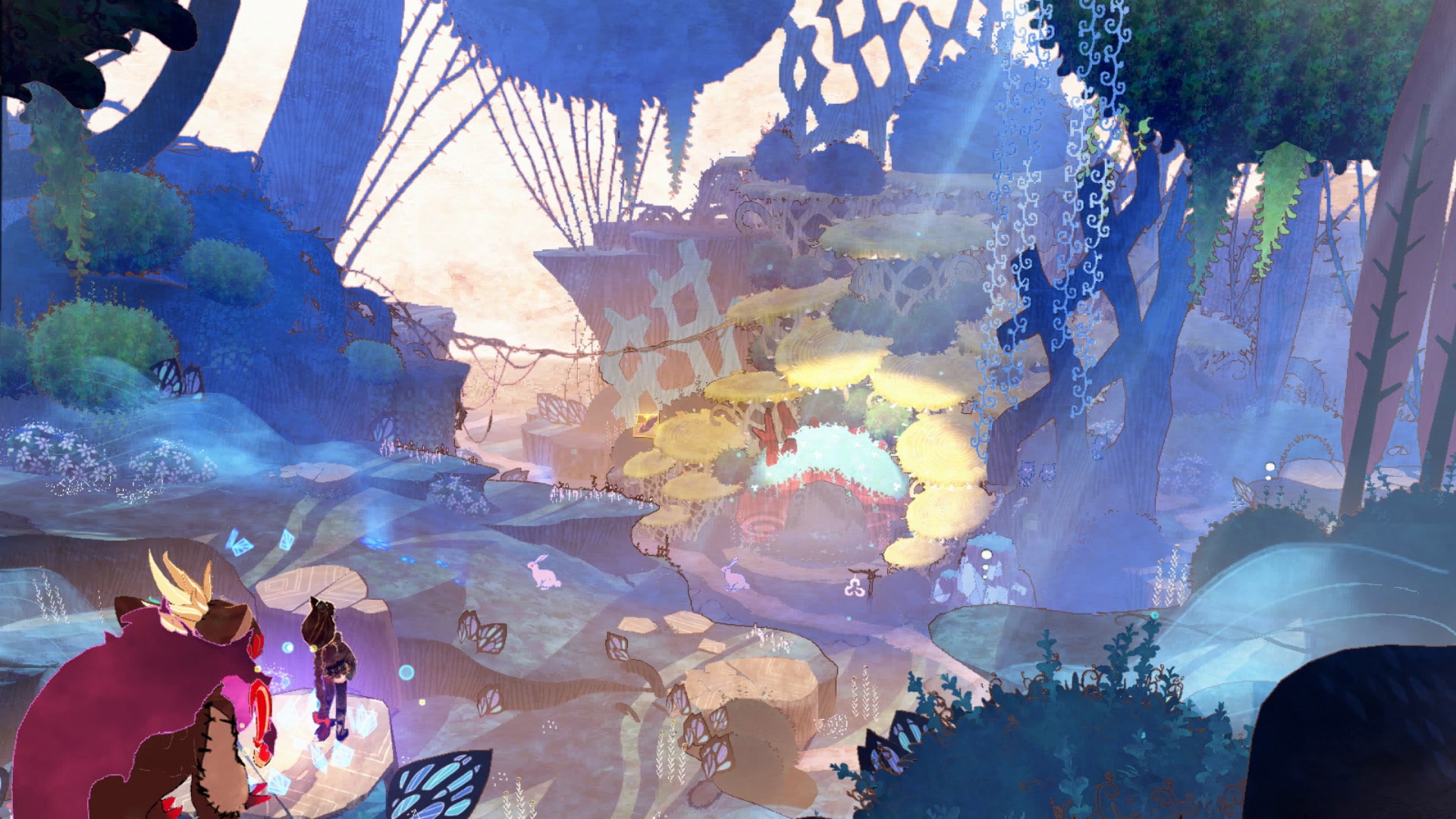
If you’re a player who loves solving a puzzle just for the reward of solving a fun puzzle, this is unlikely to bother you. If you need more tangible rewards from puzzle solving, you’ll likely have an issue or two. At the end of most paths, you are bound to just find a simple chest with a small amount of character upgrade points, and it doesn’t always feel too satisfying. I think the game juggles its moments of spectacle in the environments with its engaging control system enough to make this ultimately a small annoyance, but an annoyance it is all the same.
Controlling the two leads was quite enjoyable, even if it took some getting used to. Cereza’s entirely controlled with the left side of the controller, Cheshire on the right. They each use their respective thumbstick to move independently, and you’ll need to learn how to multitask to keep them both alive. Thematically this initial awkward adjustment phase works wonders because eventually, I found myself growing more comfortable with controlling the pair as they became more comfortable working together. It’s such a small touch, but it goes a long way in making the story land. That adjustment phase does last longer than I might have liked, with the most interesting elements needed to fully enjoy the gameplay loop taking just a few more hours than I would have preferred to unlock. That’s honestly one of the only main flaws, the game takes a bit too long to set itself up. When it gets going though, it doesn’t ever really stop.
The biggest gimmick of the game is Cheshire being able to switch between four elemental forms. Each of these opens up where you can go and how you can combo enemies, done quick and snappy with a press of the face buttons. Cereza herself has her own inputs, being able to use her magic to unlock paths or freeze enemies in place. Cheshire will do the heavy lifting in combat to do the damage, but often he’ll need her help, and they can even do flashy combo attacks by combining their skillsets. This boils down to a simple one-button action game, but even that feels like it doesn’t truly get across all the variables at play. While never that challenging, you will be using just about all the buttons and both sticks of the controller at once to keep both characters safe and play as efficiently as possible. If you find it overwhelming, they’ve thought of that too and let you send Cheshire back into doll mode to have Cereza carry him around until he needs to come back out.
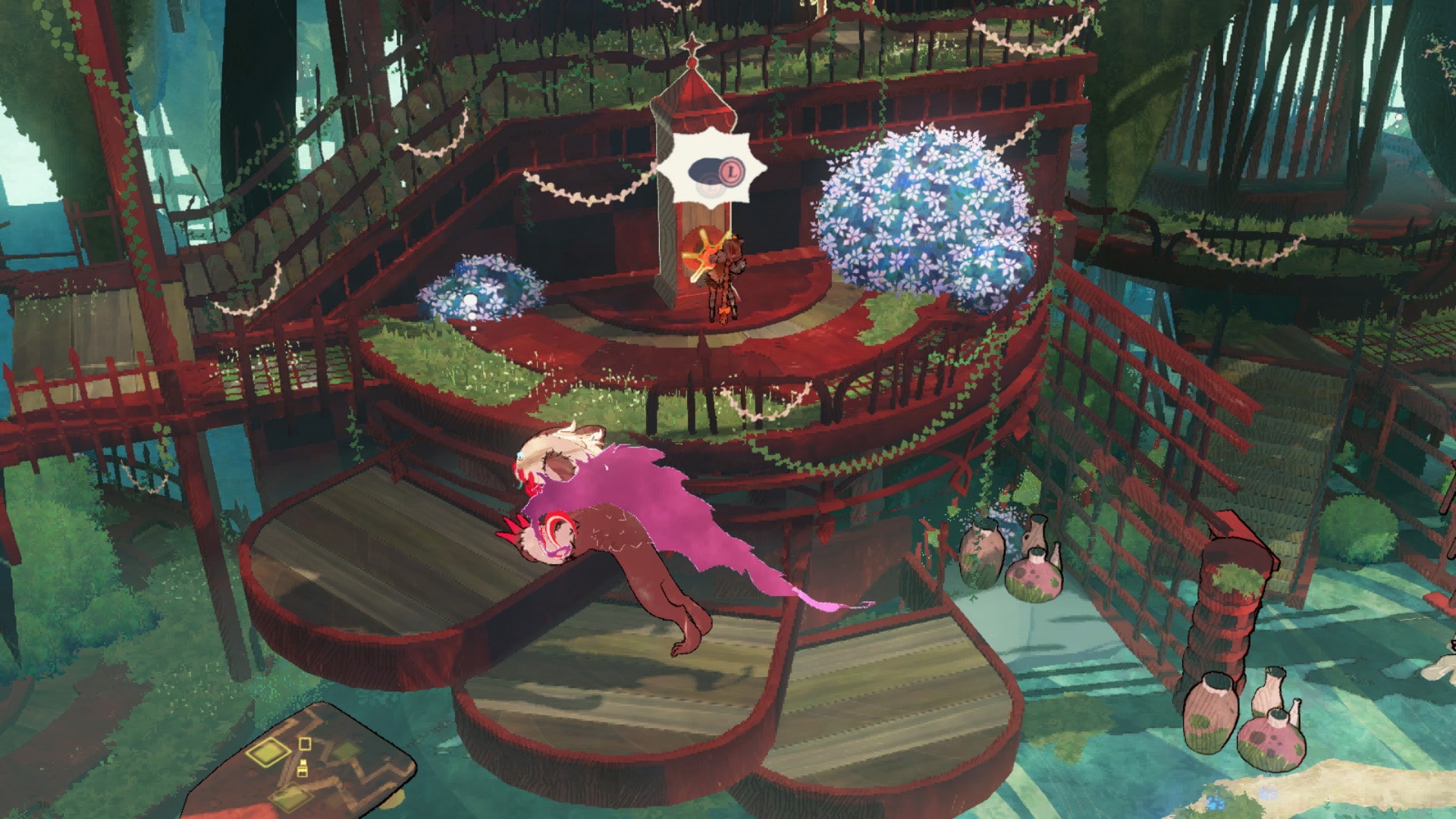
What breaks up moments of exploration and combat are pocket dimensions called Tír na nÓgs. These not only plague my keyboard as I try to type them, but also various parts of Avalon Forest. Once cleared, that area will be purified allowing further exploration. Each area is bound to have a few of them, some being mandatory and some being optional. When initially presented I found their inclusion to be fun. Whether you’d get a simple combat challenge or a fun puzzle would vary, so I’d always look forward to them. I think they’re a good idea, and I wouldn’t say they were poorly implemented, but if there was a spot for me to scrutinize it’d be this. Eventually, you’ll reach a point, more or less the second half of the game, where the puzzle Tír na nÓgs dry up and you’ll be solely doing combat challenge ones.
Perhaps the idea here is that since they’ve made combat a series of active micro puzzles it would be okay, but I do think that when the game juggles the two more or leans into pure puzzle gameplay you’ll find it at its most inventive. You do get plenty of that in the forest itself, but by the end, I had wished to see less of these. Thankfully the rest of Avalon Forest and the story as a whole ramps up significantly to make up the difference, and with your continuously developing moveset battles only become more involved.
Up until the moment I was able to get Bayonetta Origins: Cereza and the Lost Demon in my hands, I would frequently ask myself the same question whenever the game would come up: “Who is this game for?” The answer ended up much simpler than I could have ever imagined: Anyone. Despite its imperfections, Bayonetta Origins is easily Platinum’s most focused game they’ve made in years. There wasn’t a single moment where it felt like the whole team wasn’t having a great time making it, it feels like a pure passion project. I implore you to look into the story of the game’s director Abebe Tinari. Reading about that after hitting credits really just made everything I was thinking about click into place, this was a labor of love made with the most enthusiasm the development team can muster.
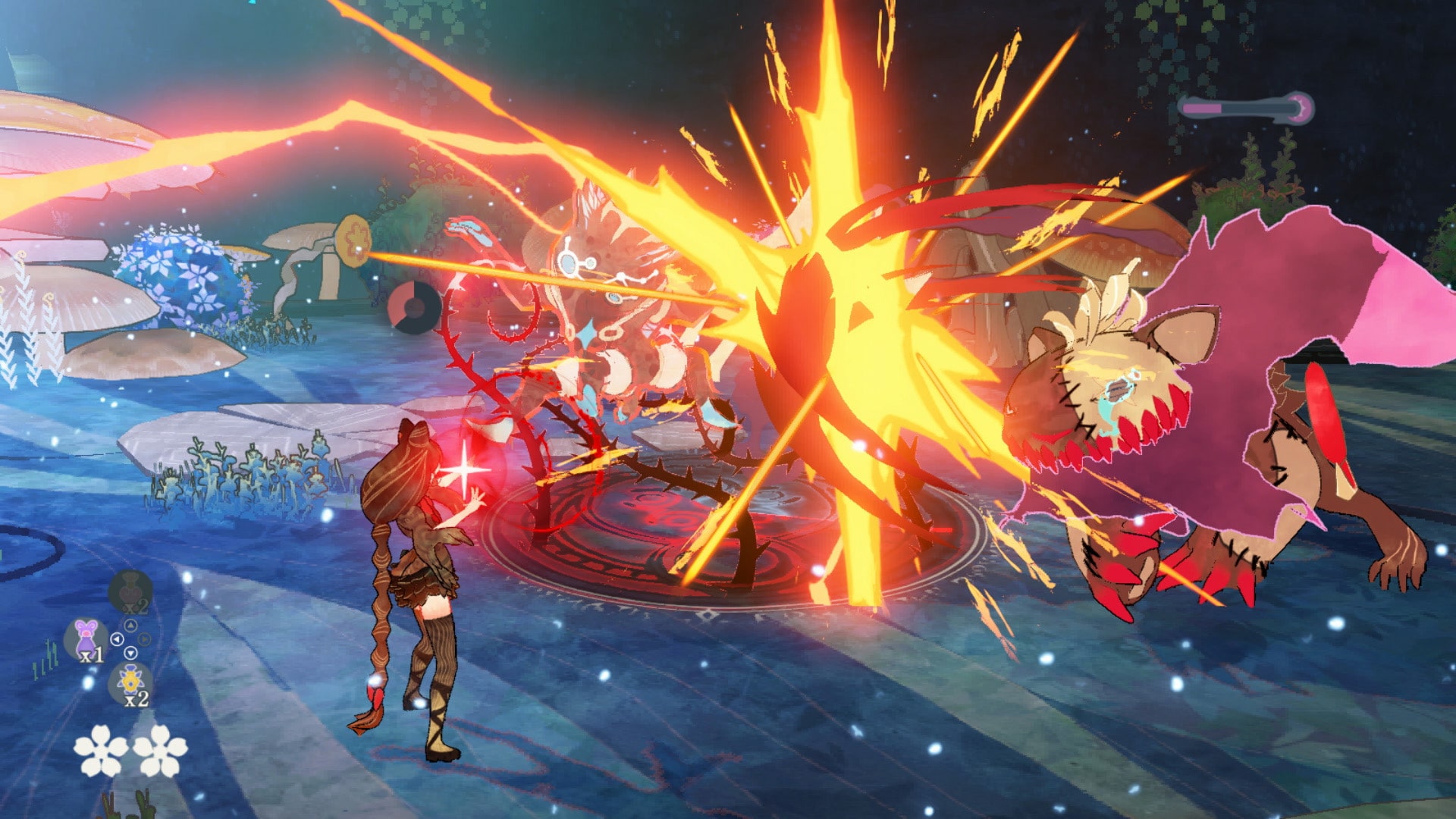
While it can’t match the mechanical highs of Bayonetta’s fast action gameplay, that comparison is frankly unfair to make to begin with. It isn’t trying to reach those goals, it strives to reach different heights altogether. I didn’t think a Bayonetta story would ever get me emotional, and Bayonetta Origins: Cereza and the Lost Demon managed to pull that off several times. The ways in which it shifts the focus away from Bayonetta proper have led to what I believe is a more consistent experience of the series yet, that never dips into the series’ most frustrating low points. While I don’t think this game will be for everyone, I think you’ll find it a hard game to hate. If you do fall for it, you’ll find it to be an incredibly easy game to fall in love with. I want more spin-off games to strive to do what Bayonetta Origins: Cereza and the Lost Demon does, and if this team is involved in Bayonetta’s future I have to say I’m completely back in.
Version Tested: Nintendo Switch
Review copy provided by Nintendo

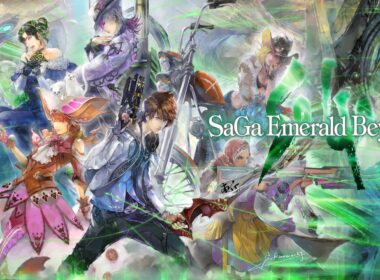
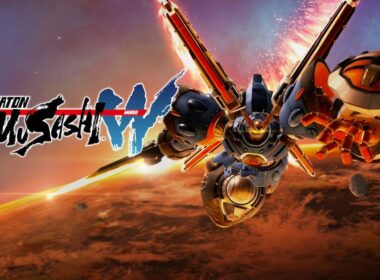
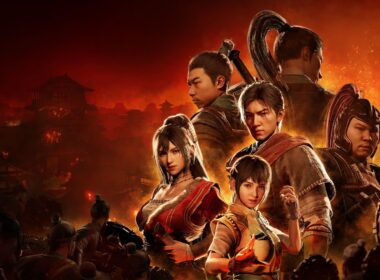

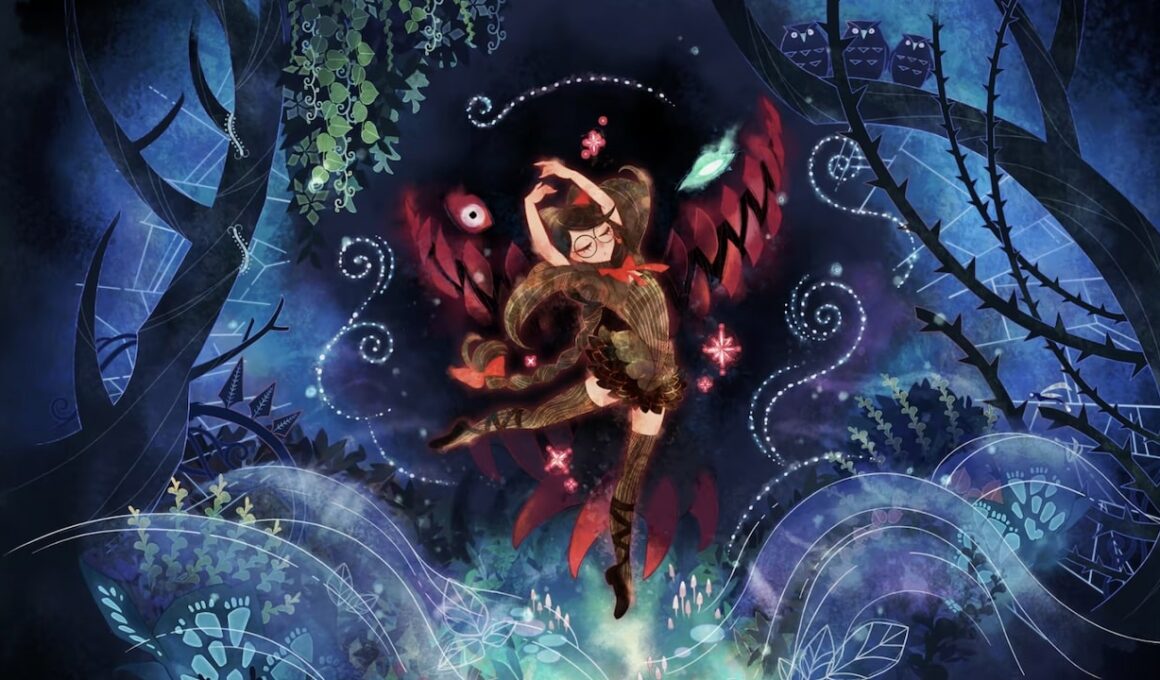
“While it can’t match the mechanical highs of Bayonetta’s fast action gameplay, that comparison is frankly unfair to make to begin with.” Though hypocrite makes the comparison anyway! Dude u cant have it both ways smh